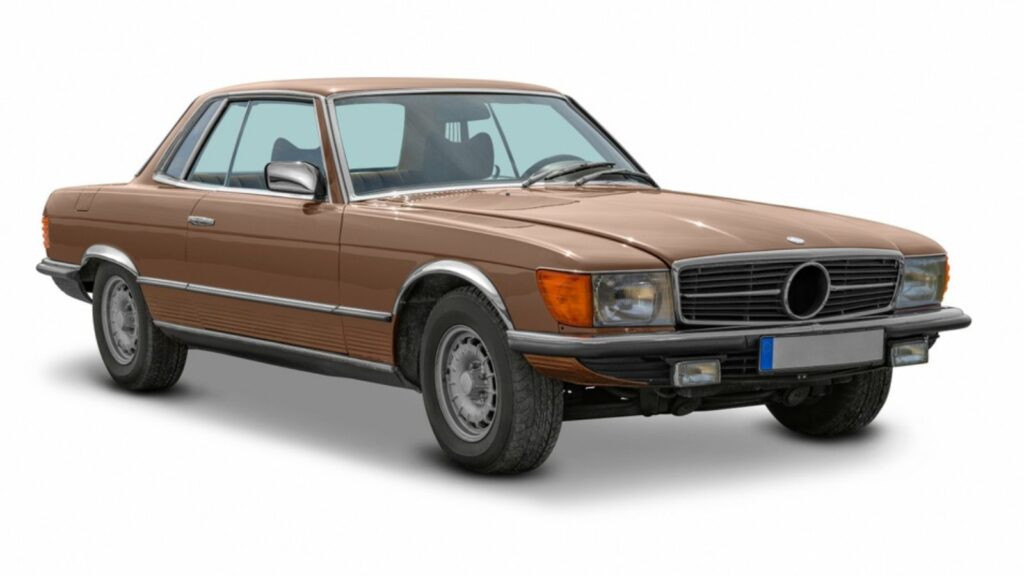We usually have a misconception that modern cars are the most accurate form of innovation. But this is only half right. While it is certain that today’s cars are nothing short of remarkable features, many vintage cars have quite a few advanced features. Here are 13 vintage cars offering unexpectedly advanced features, highlighting their groundbreaking contributions to automotive history.
1958 Cadillac Eldorado Brougham
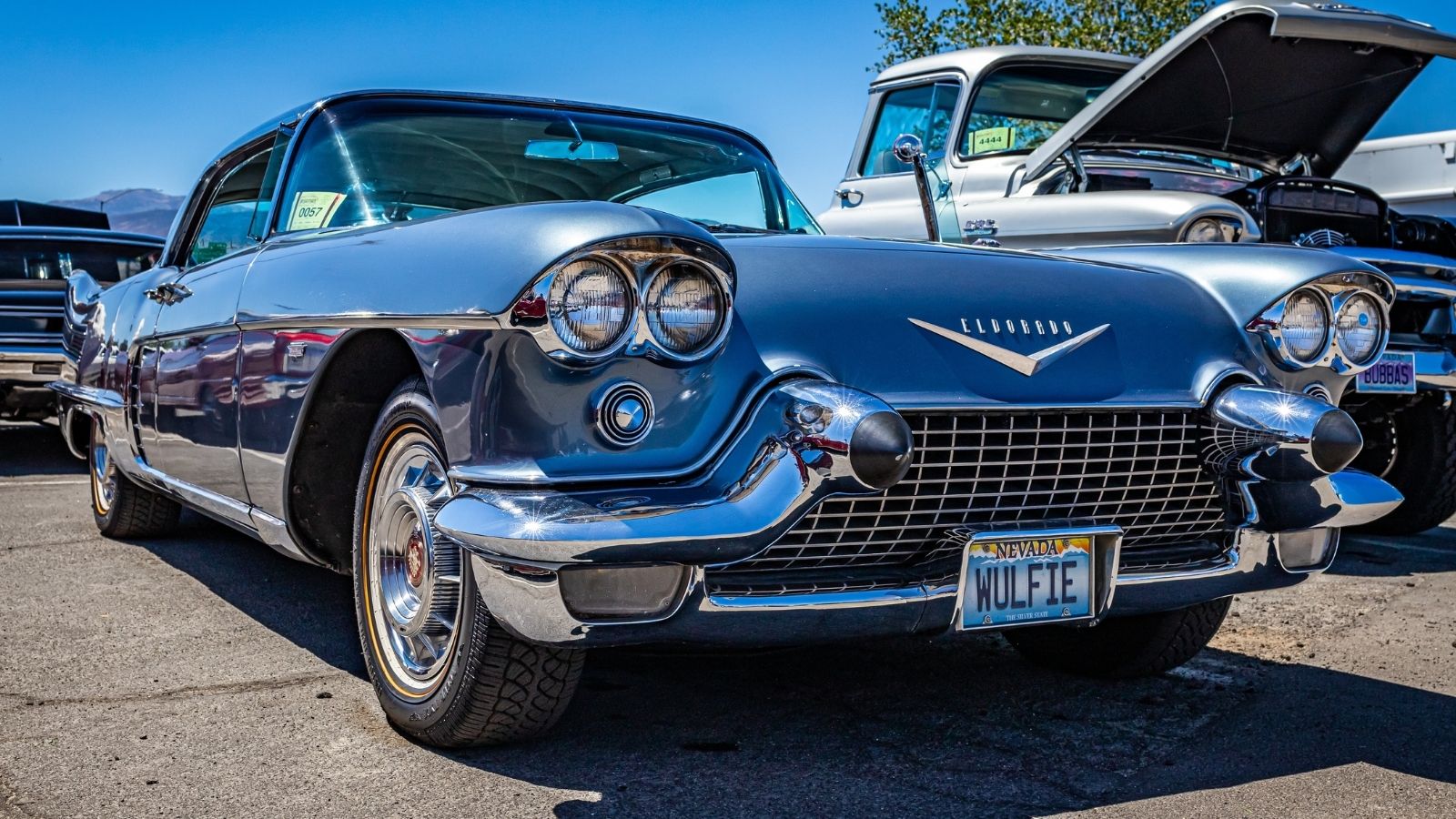
The Cadillac Eldorado Brougham, born in 1958, was a luxury sedan. It featured advanced technology when the automotive innovations were in their infant years. It came with an air suspension system, which provided a smoother ride by automatically adjusting to road conditions. It also had power seats with memory settings, intriguing cruise control, and a signal-seeking radio on a transistor-based principle. These high-tech amenities made the Eldorado Brougham a pioneer in automobiles.
1967 Mercedes-Benz 600

The Mercedes-Benz 600 is also known as the “Grosser”. It was a flagship model renowned for its comfort and sturdy design. One of its most advanced features was its hydraulic system, which controlled everything from the windows and the seats to the trunk lid and sunroof. This system allowed for the car’s effortless functioning and set a new standard for luxury vehicles. The 600 also came with an air suspension system that ensures a comfortable ride without fussing about road conditions.
1948 Tucker 48
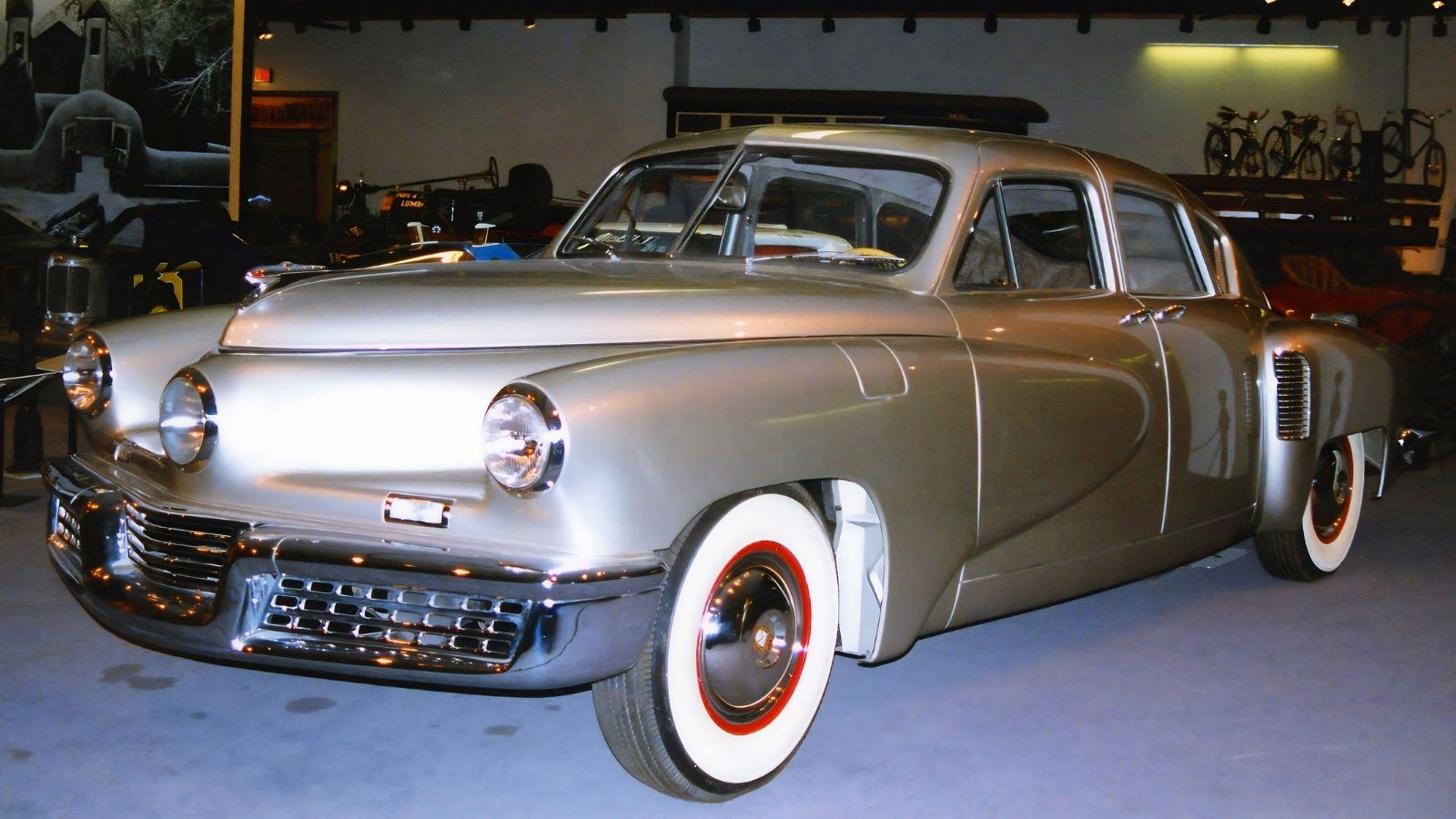
The Tucker 48, also known as the “Tucker Torpedo,” was an innovative vehicle that introduced several features well ahead of their time. It featured a rear-mounted engine, providing better weight distribution and handling. The car also included a “Cyclops Eye,” a third headlight that turned with the steering wheel to illuminate the road around corners. Additionally, it had a roll bar integrated into the roof and a shatterproof windshield designed to pop out in the event of a collision, emphasizing safety in automotive design.
1955 Citroën DS
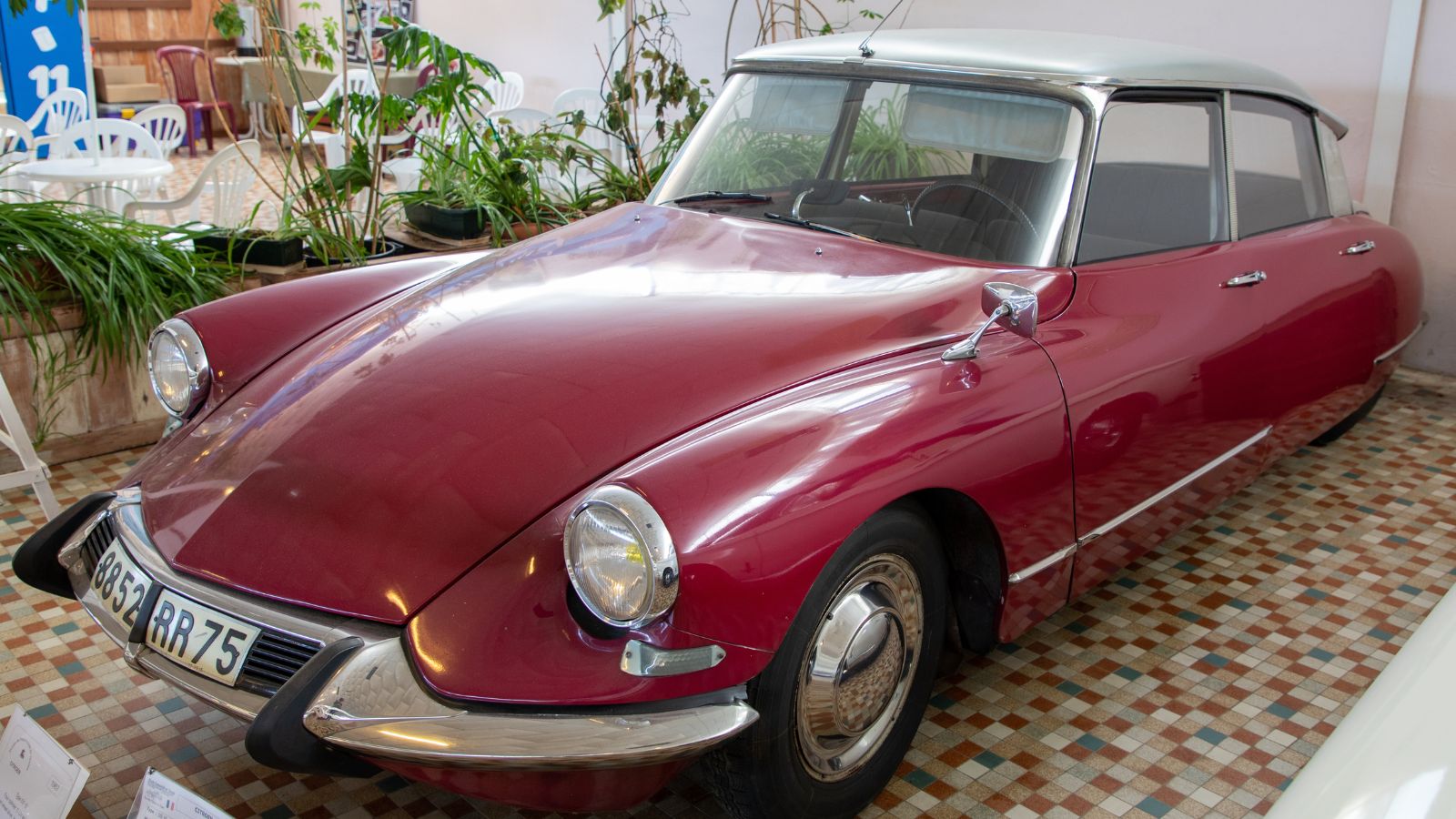
The Citroën DS was a revolutionary car that stunned the automotive world with its futuristic design and innovative technology. One of its most notable features was the hydropneumatic suspension system, which automatically adjusted the car’s height and provided an exceptionally smooth ride. The DS also came with power steering, disc brakes, and a semi-automatic transmission, making it one of its era’s most technologically advanced cars.
1966 Oldsmobile Toronado

The 1966 Oldsmobile Toronado was a groundbreaking vehicle. It was the first American car to feature front-wheel drive since the Cord 810 of the 1930s. This configuration allowed for better traction and handling, particularly in adverse weather conditions. The Toronado also featured a unique torsion bar suspension system and a robust 425-cubic-inch V8 engine, combining performance with advanced engineering.
1957 Chrysler 300C
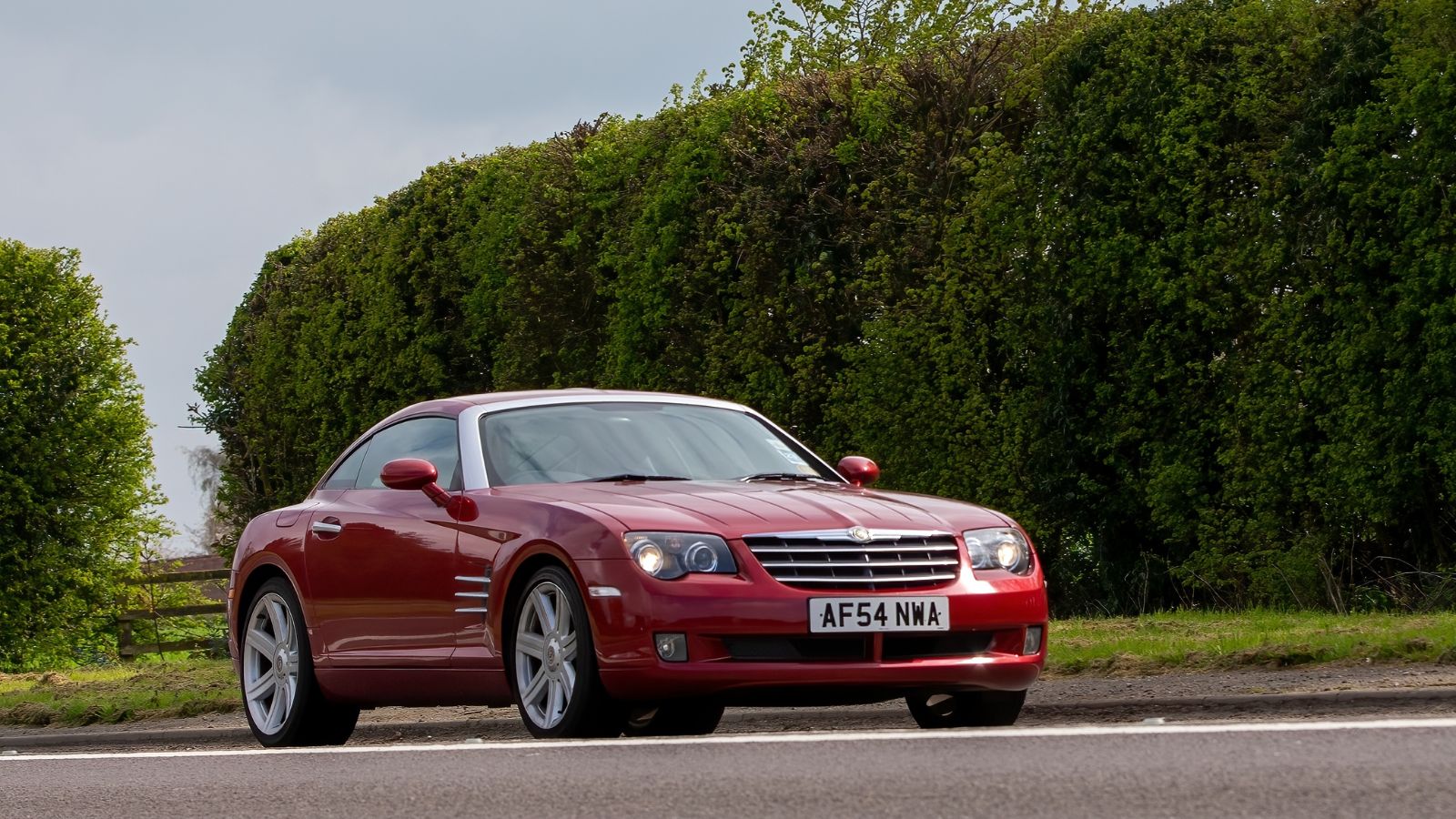
The Chrysler 300C was known for its powerful performance and advanced features. It was one of the first cars to come with an electronic fuel injection system, which improved engine efficiency and performance. The 300C also featured a TorqueFlite three-speed automatic transmission, power steering, power brakes, and an optional Highway Hi-Fi record player, showcasing its blend of performance and luxury.
1963 Studebaker Avanti
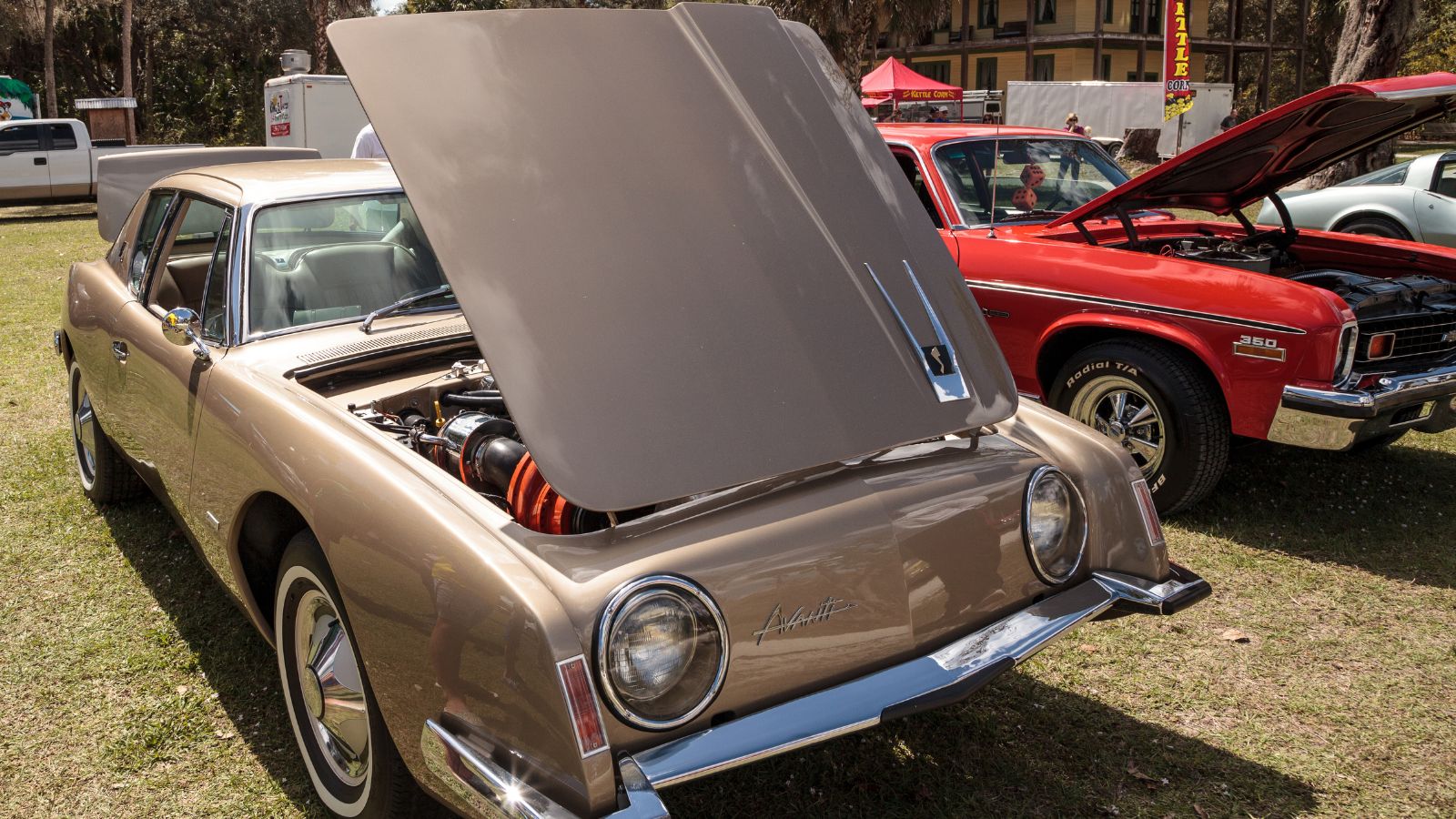
The Studebaker Avanti was a stylish and innovative car that introduced several advanced features. It was one of the first American cars to offer front disc brakes, providing superior stopping power compared to the standard drum brakes. The Avanti also featured a supercharged V8 engine, impressive performance, and an advanced safety cage design that enhanced passenger protection during a collision.
1934 Chrysler Airflow
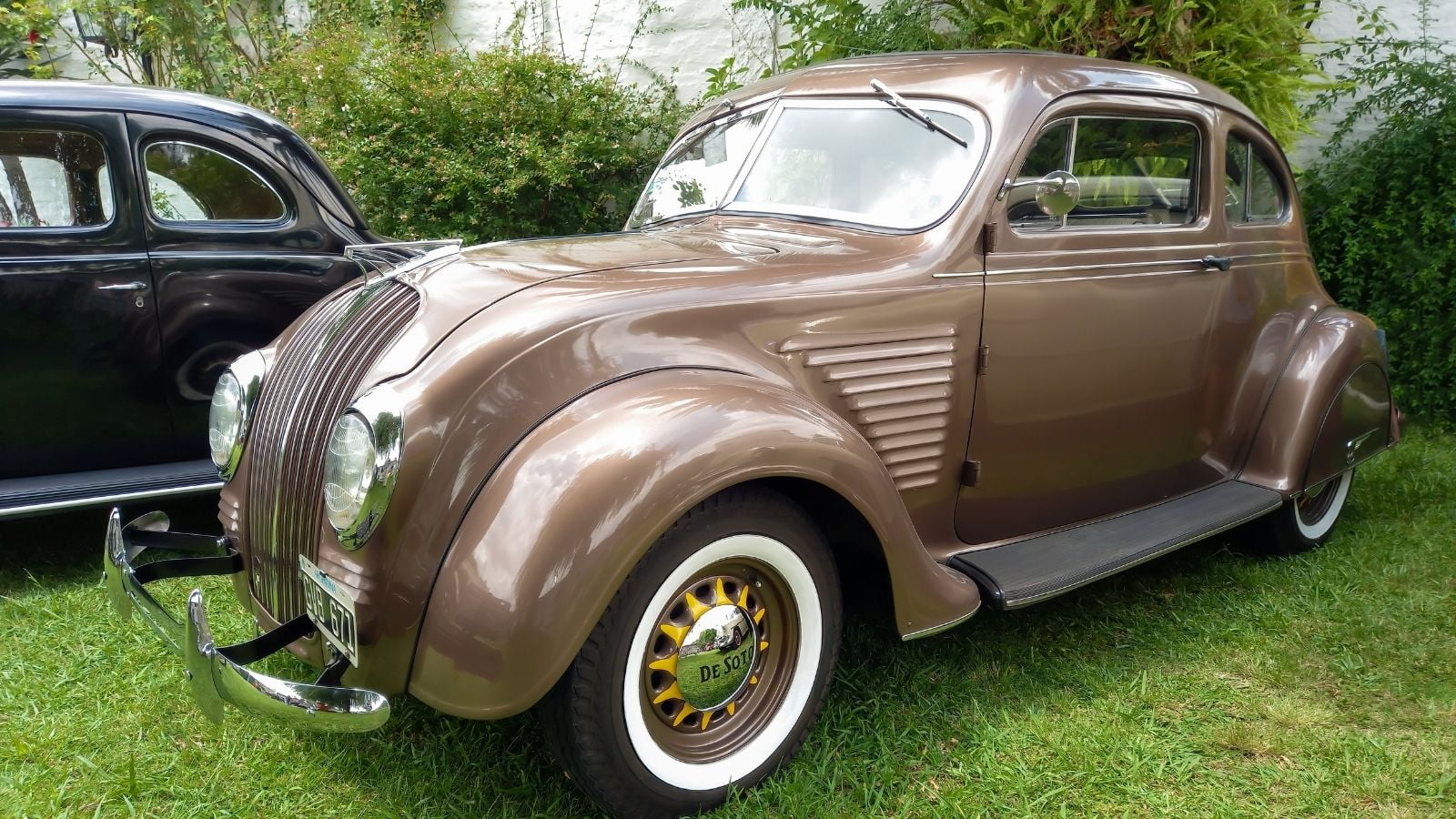
The Chrysler Airflow was a pioneering vehicle that introduced several advanced features focused on aerodynamics and safety. It was one of the first cars to use a wind tunnel for testing, resulting in a streamlined design that reduced drag and improved fuel efficiency. The Airflow also featured a steel unibody construction, which provided greater structural integrity and safety compared to the traditional body-on-frame designs of the era.
1961 Lincoln Continental

The 1961 Lincoln Continental was a luxury sedan combining elegant design and advanced technology. One of its most notable features was the “suicide doors” configuration, which made entry and exit more convenient. The Continental also came with power windows, seats, and a dual heating system, providing high comfort and convenience. Additionally, it was one of the first cars to offer an optional in-car telephone, showcasing its focus on modern amenities.
1955 Chevrolet Bel Air
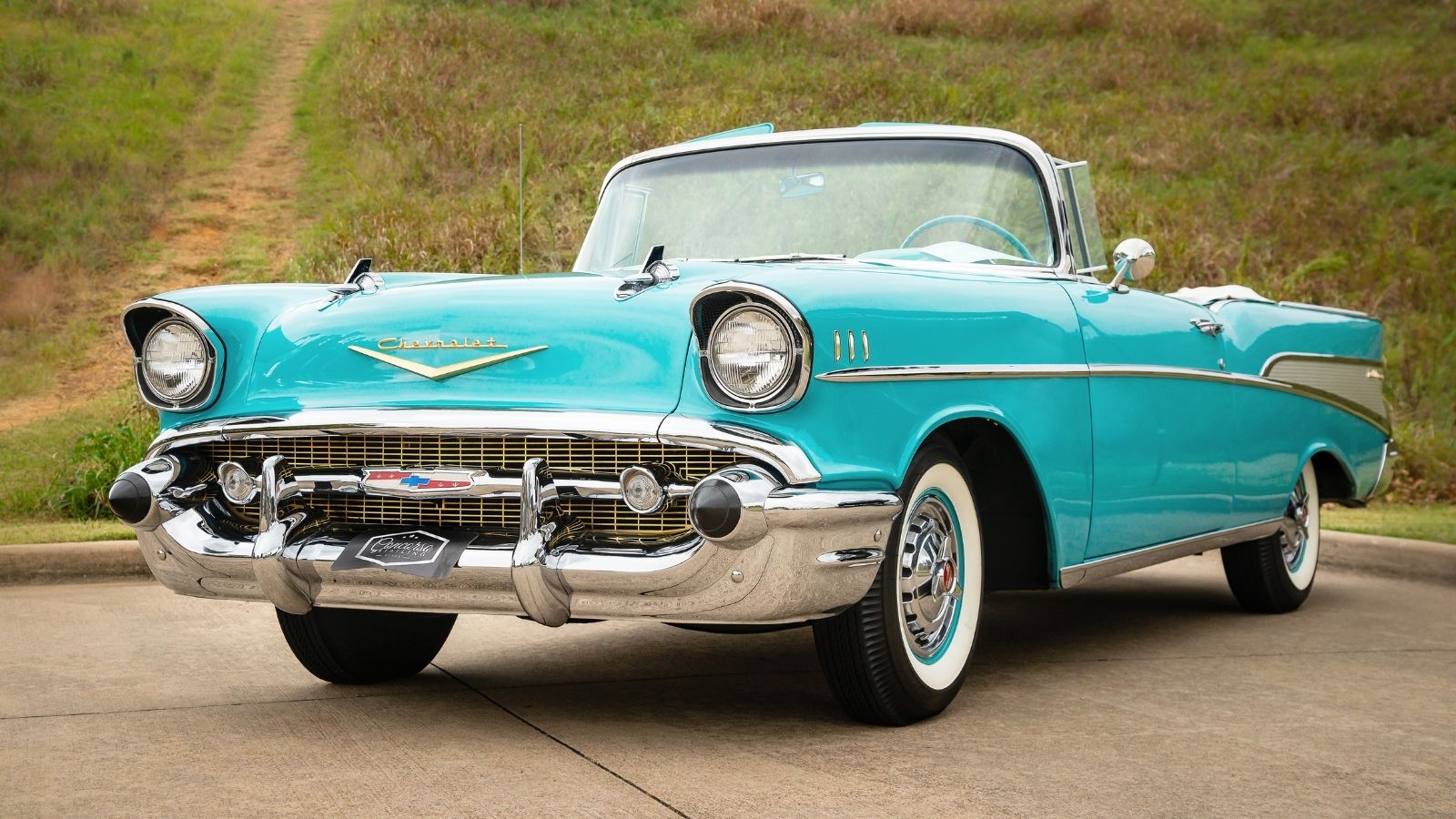
The 1955 Chevrolet Bel Air was a popular and stylish car with several advanced features. It was one of the first cars to feature a 12-volt electrical system, which provided more power for accessories and improved the car’s overall performance. The Bel Air also came with a Powerglide automatic transmission, power steering, and power brakes, making it a highly desirable and technologically advanced vehicle.
1970 Citroën SM
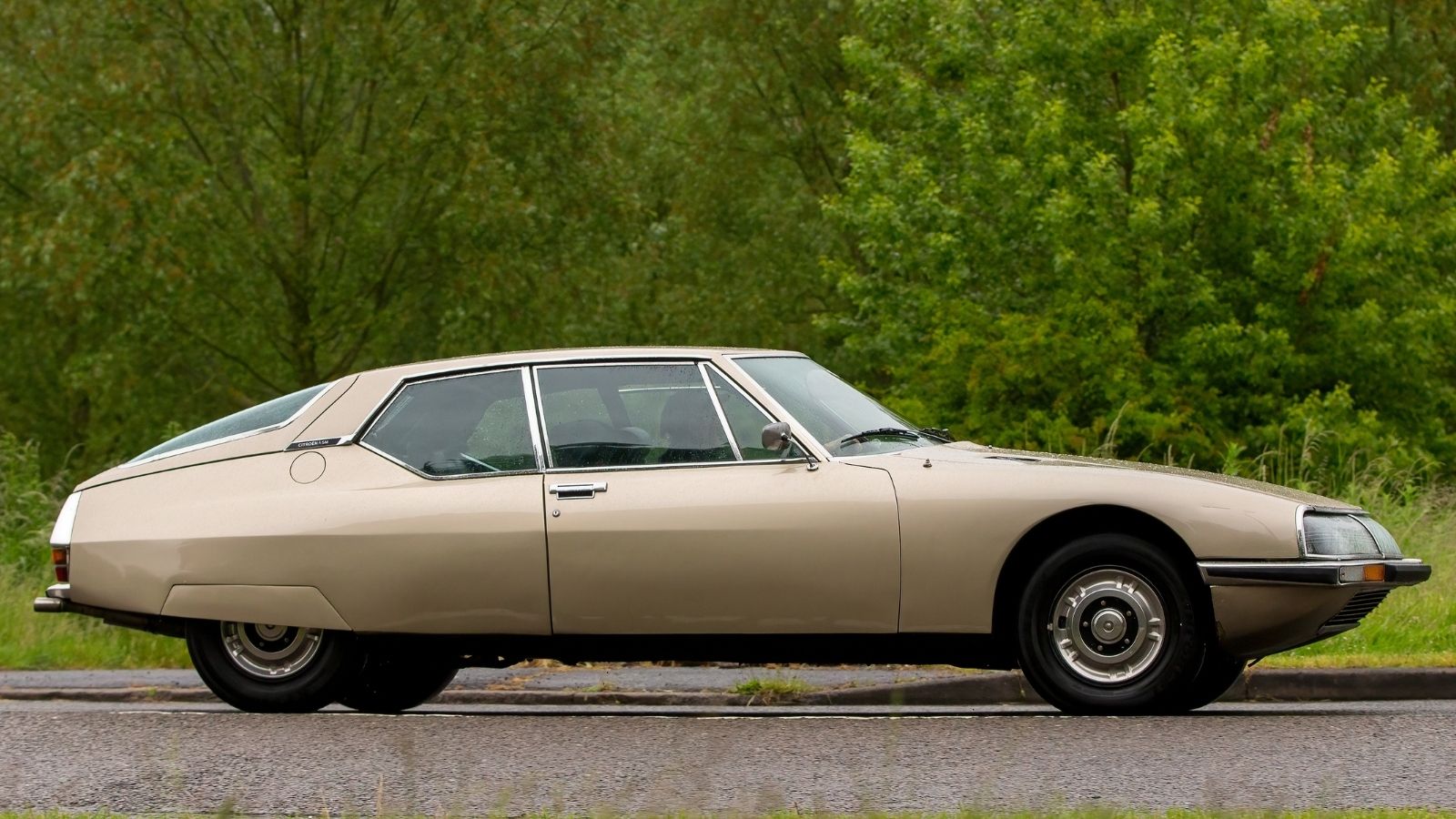
The Citroën SM was a high-performance luxury car that combined innovative technology with distinctive styling. It featured a sophisticated hydropneumatic suspension system that provided an exceptionally smooth ride and adjustable ride height. The SM also came with advanced features such as variable assist power steering, self-centering steering, and a swiveling headlight system that followed the direction of the front wheels, enhancing visibility and safety.
1956 BMW 507
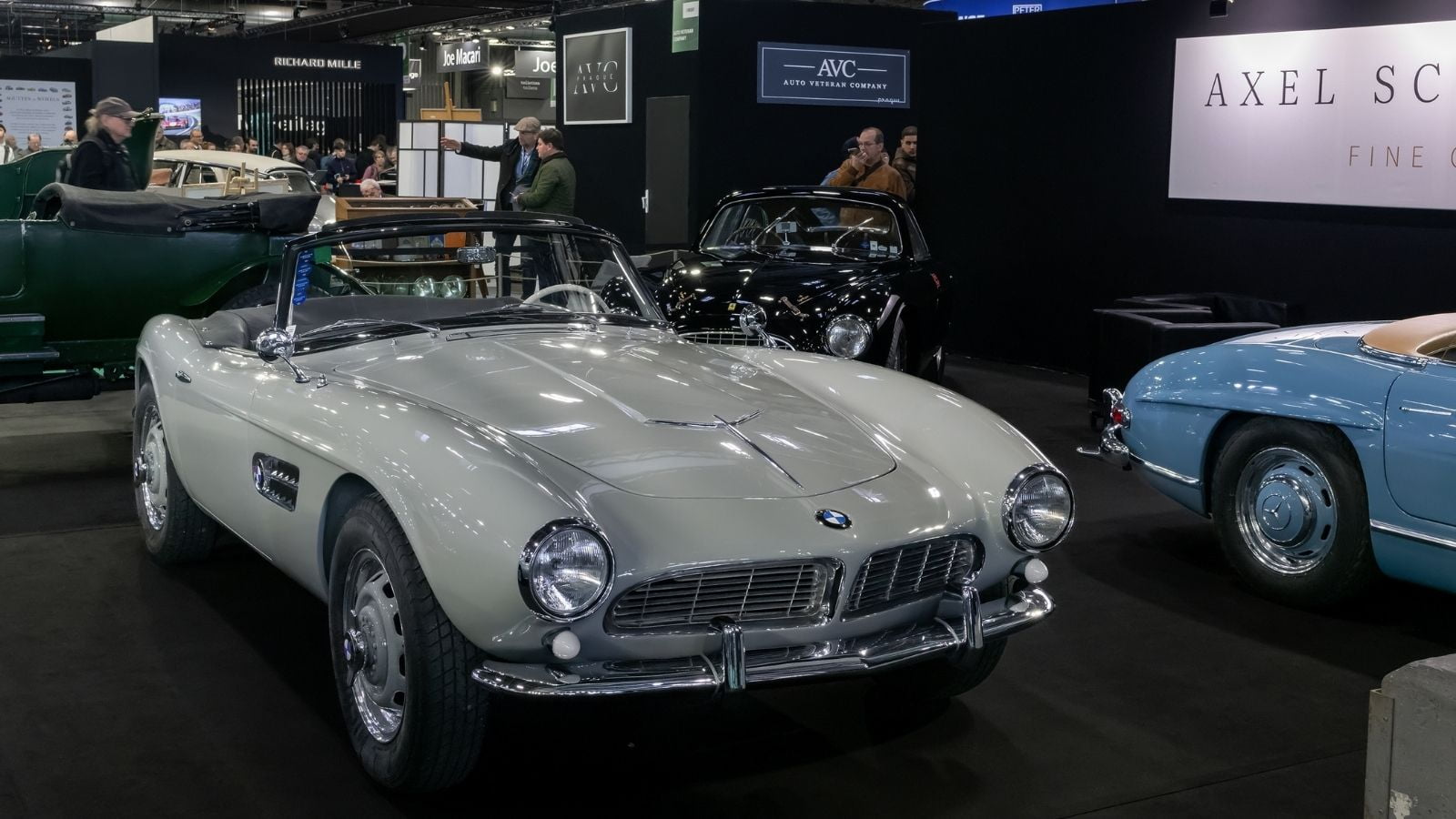
The BMW 507 was a stunningly beautiful roadster that offered several advanced features for its time. Its all-aluminum V8 engine provided excellent performance while keeping the car’s weight down. The 507 also featured a fully synchronized four-speed manual transmission, power brakes, a luxurious interior with leather upholstery, and a modern dashboard layout. Its performance, style, and advanced features made it a highly sought-after and iconic vehicle.
1969 Saab 99
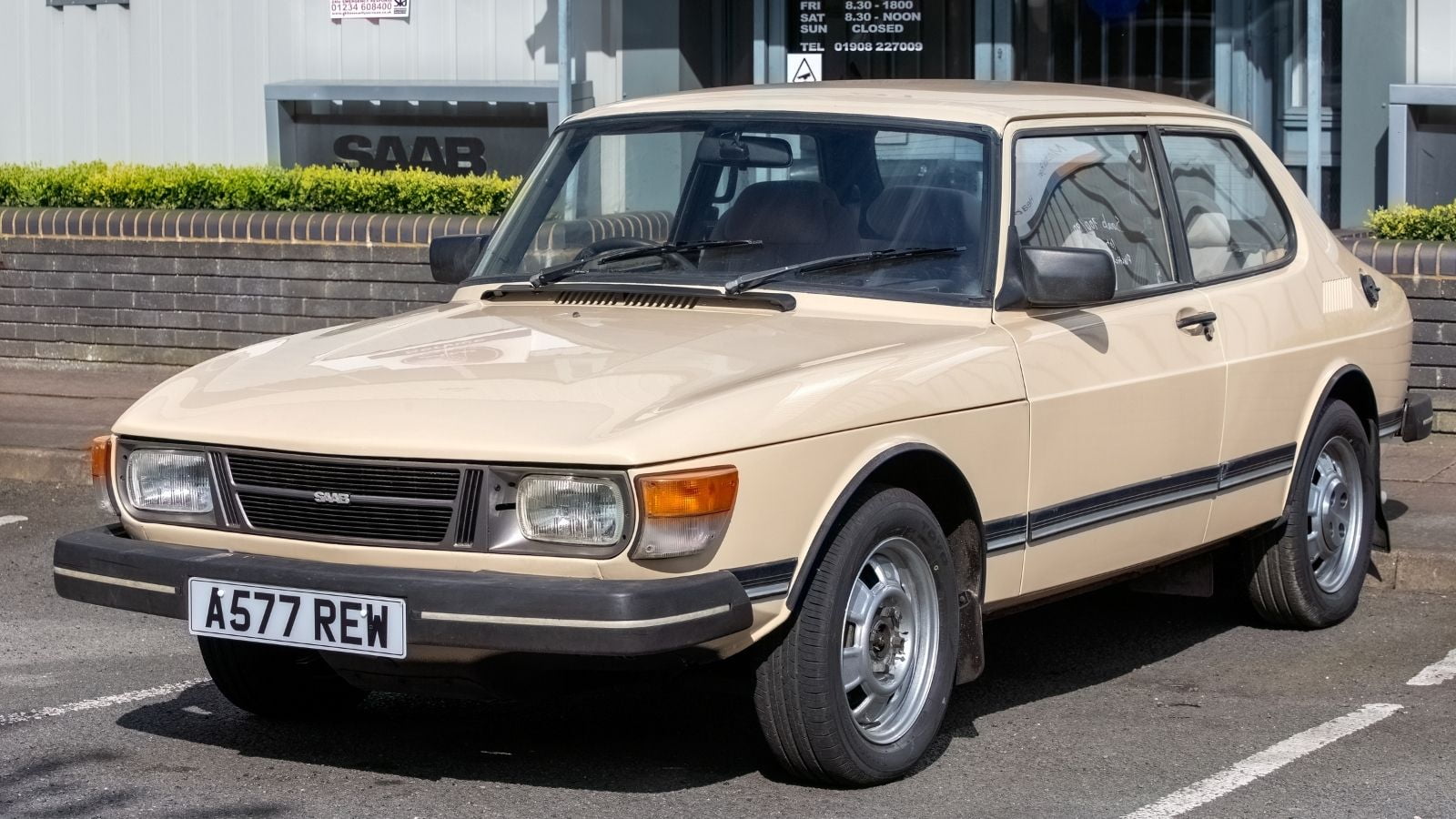
The Saab 99 was a compact car that introduced several advanced safety and performance features. It was one of the first cars to offer headlamp washers and a heated driver’s seat, providing greater comfort and visibility in adverse conditions. The 99 also featured a unique wraparound windshield for improved visibility and a front-wheel-drive layout for better handling and traction. Additionally, it came with advanced safety features such as crumple zones and side-impact protection, highlighting Saab’s commitment to passenger safety.
The 10 Most Reliable Car Brands According to Mechanics
![]() When choosing a car, one of the most crucial factors is reliability. But what exactly does it mean when we say a car is reliable? Reliability refers to the vehicle’s ability to perform consistently well over time with minimal issues. A reliable car requires fewer repairs, is cost-effective to maintain, and offers peace of mind to the owner. In this article, we delve into the ten most reliable car brands according to mechanics, explaining why these brands are trusted and highlighting endorsements from institutions, car experts, and reputable websites. The 10 Most Reliable Car Brands According to Mechanics
When choosing a car, one of the most crucial factors is reliability. But what exactly does it mean when we say a car is reliable? Reliability refers to the vehicle’s ability to perform consistently well over time with minimal issues. A reliable car requires fewer repairs, is cost-effective to maintain, and offers peace of mind to the owner. In this article, we delve into the ten most reliable car brands according to mechanics, explaining why these brands are trusted and highlighting endorsements from institutions, car experts, and reputable websites. The 10 Most Reliable Car Brands According to Mechanics
